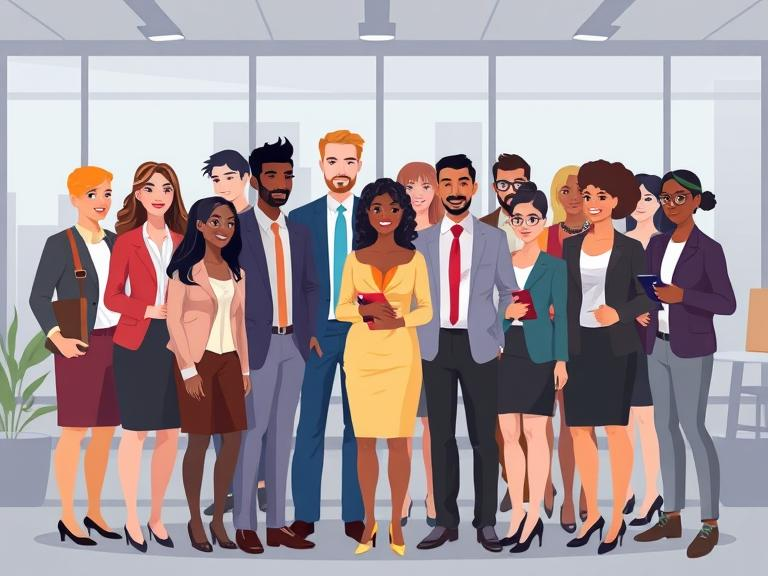Kolkata: The City of Joy
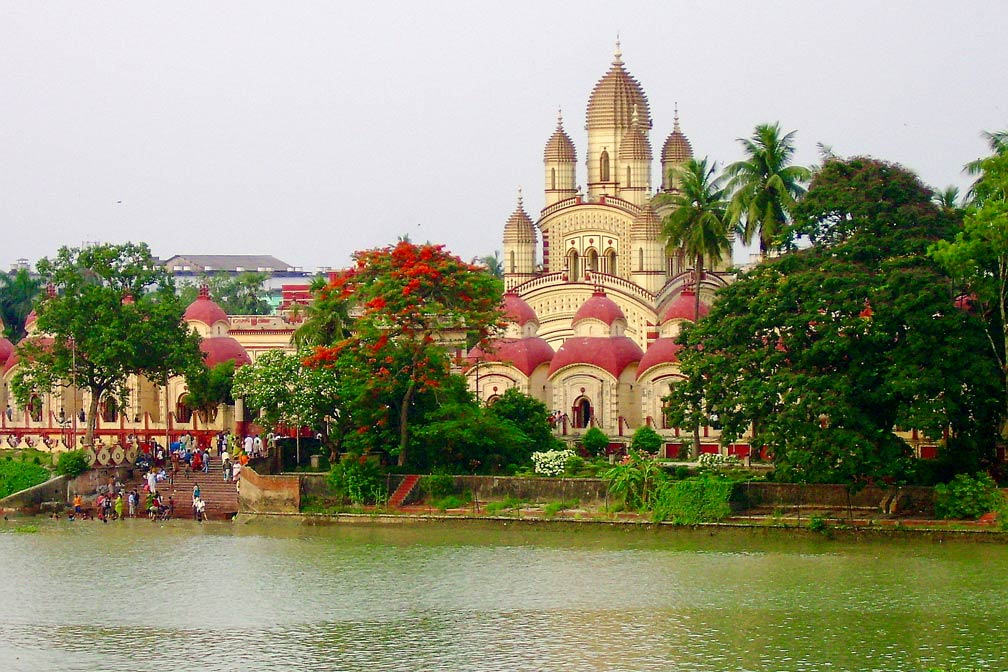


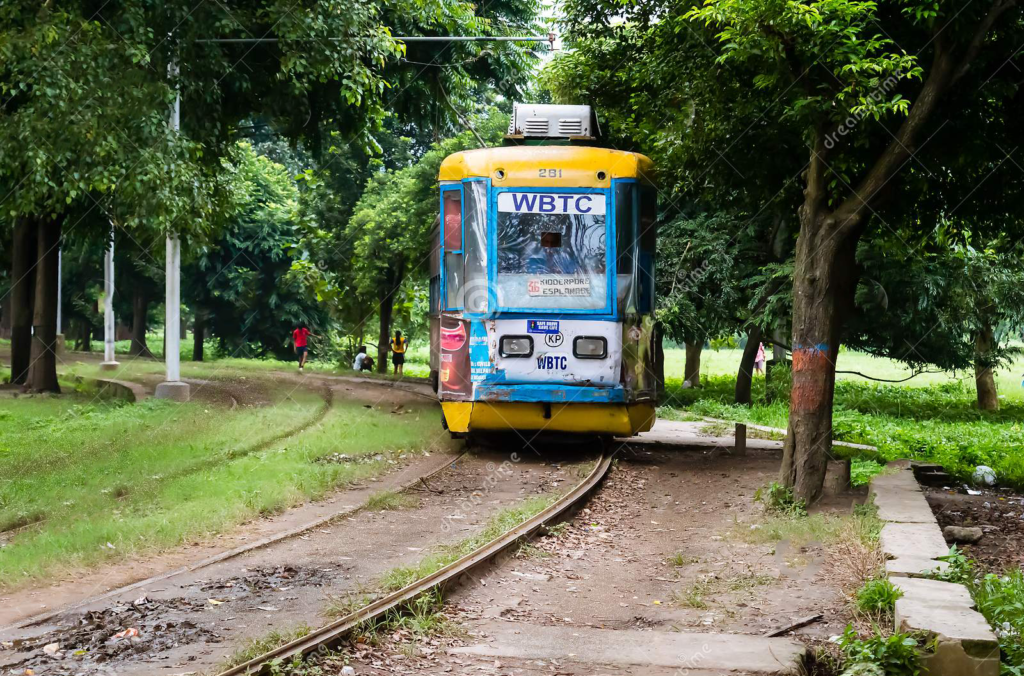
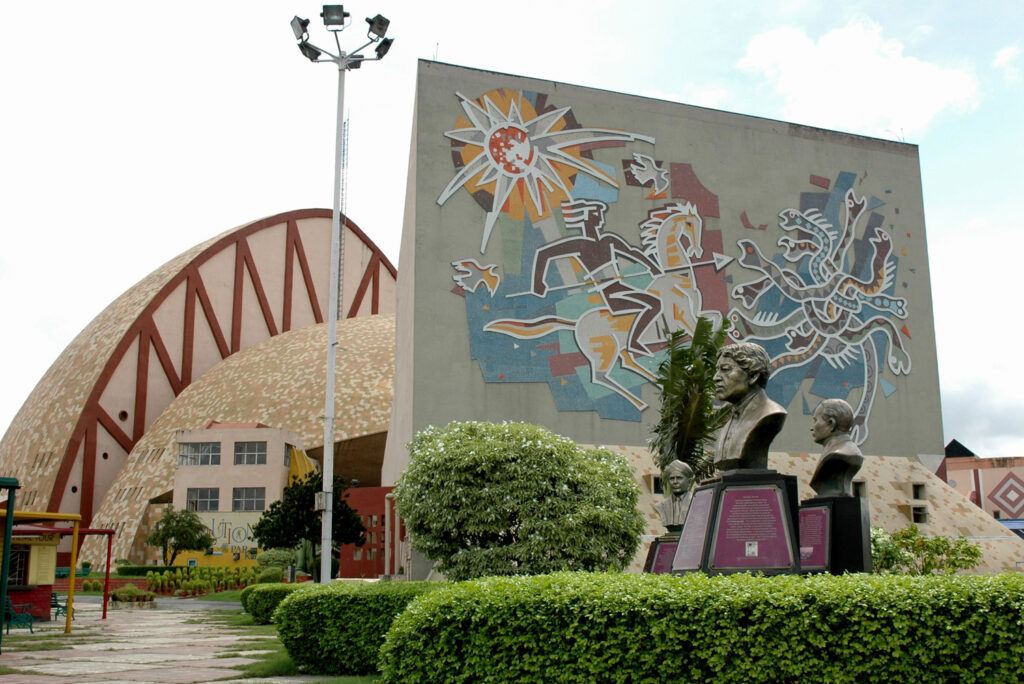
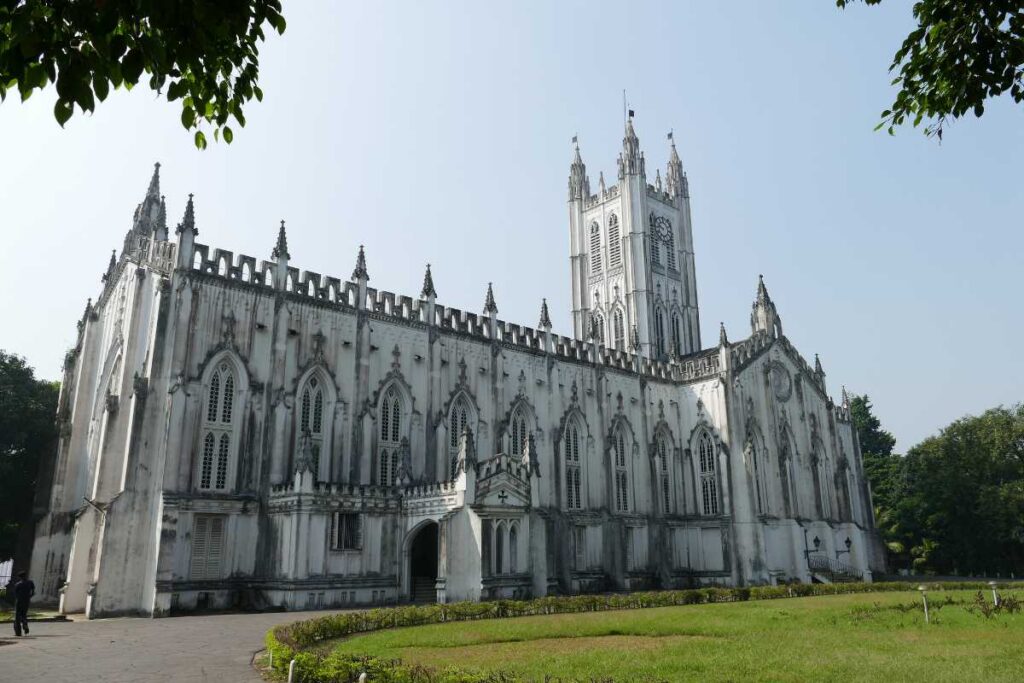
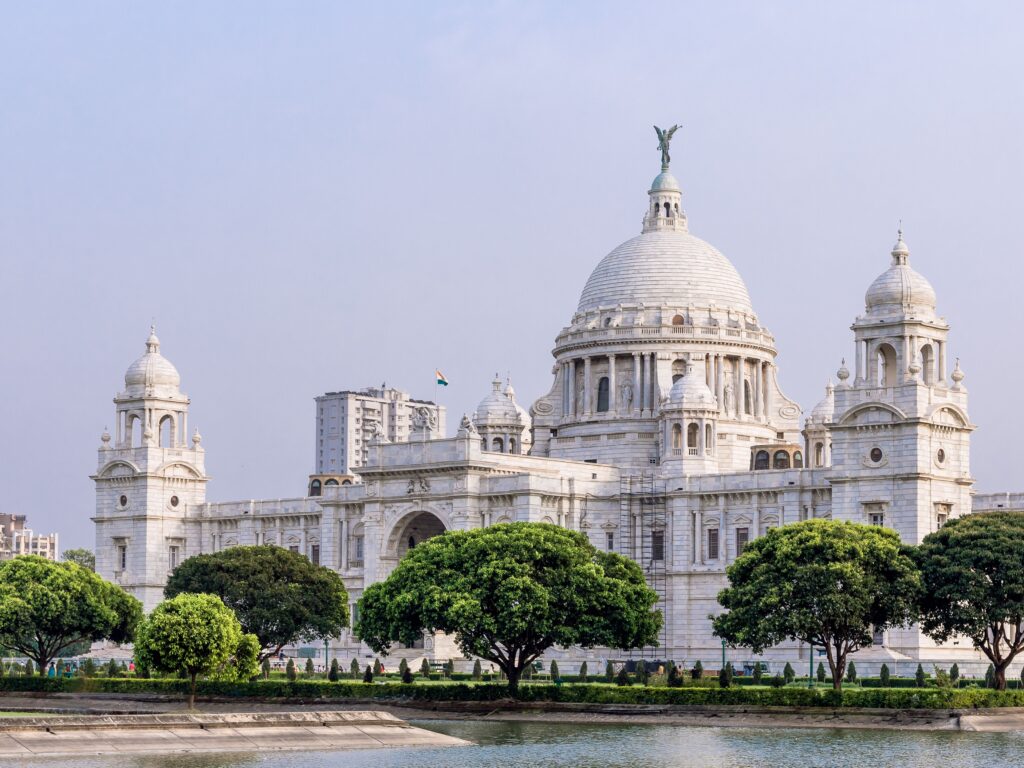

During the reign of the East India Company, Kolkata transformed from a small village on the banks of the Hooghly river, into the capital of Great Britain’s Indian empire. Today, this vibrant city with its distinct imperial flavor is the capital of the state of West Bengal.
It is a land of heritage with its diversified economic, and religious panorama This is always a welcoming city, known for the friendliness of its people and famous poetic culture. The city is renowned for its traditional food, museums, art galleries, temples, and music. The amalgamation of traditional and modern reflects in every corner here.
It is considering its millennia of history. It’s no surprise that there’s plenty to be said about Kolkata. But the super romantic earthen lamp lighting boat ride experience in the Hooghly River leaves a lasting impression on all those that visit and has been featured in countless poems, movies, and songs over the years. Whether it’s a sacred pilgrimage of Kalighat Temple or artistic highpoint of colonial architecture or the tressure of food and cuisine Kolkata has every attraction to feed the wanderlust.
History of Kolkata
The foundation was kept as the trading post for the East India Company on the banks of the Hooghly River by Job Charnock in 1690. It developed into the biggest colonial trade center in Asia, earning it the name “Jewel of the East.” With its splendid Victorian buildings, ornamental pools, stone-paved footpaths, figured lampposts, and sweeping esplanade., the city soon gained recognition everywhere.
Kolkata may be known for colonial ancient treasures and rich history, but this city is also very famous for its literary association since the beginning. From great poets and writers to the greatest book fairs and world-famous universities, every literary culture is very enriched here. The literacy rate of Kolkata itself is 87%, which is way higher than the average Indian literacy rate of 74%. People are extremely fond of reading and writing.
Food of Kolkata
The food in Bengal is vibrant and pure. There are plenty of dishes to explore in Bengali food. Starting with the very famous ‘Kolkata Biryani’, the dish has both potatoes and eggs which are not found anywhere else.
Second, on the list is Mishti Doi. This dish is in the heart of Bengalis and people going there do not want to miss it anyway.
Number Three is Rosogulla. These are round balls served in sugar syrup. The dish is said to be introduced by Nobin Chandra Das in 1868. Before that, Braja Moira had started selling near Calcutta High Court in 1866.
Kalighat Temple
The name of Kolkata is said to be given after the Kalighat temple. The temple was originally on the banks of the river Hooghly but the river shifted away. Now, the river Adiganaga flows from here. The image of Goddess Kali is the main attraction and unique thing about this temple. The image has a long protruded tongue made in gold and four hands also made in gold.
It is among the 52 Shakti Peethas and the holiest one. It is believed that the toes of the right foot had fallen here during the Shiva’ Rudra tandava. This auspicious temple was first built by Raja Basanta Roy. He was also the king of Bangladesh, then known as Jessore.
Durga puja
The grandest of all celebrations in Kolkata is the Durga Puja. It is a 6-day festival celebrated with all heart and admiration for Ma Durga. The pandals are heavily decorated with all preciseness and particular theme on each day. Celebrations of Durga Puja start with the installation of an Idol on the sixth day of puja. The tenth day marks the end of puja with the idol being immersed in water.
Victoria Memorial
This is one of the oldest museum libraries in Kolkata established in 1562. This iconic structure was built in memory of Queen Victoria as a marble structure but is now taken up under the Ministry of Culture and transformed into a museum.
The chief architect behind this magnanimous monument was William Emerson. The design consists of British, and Mughal elements with Egyptian and Venetian touches along with Deccan influence. The dome is surrounded by several sculptures based on themes of art, charity, architecture, and justice. In the north direction of the building, the sculptures are based on Motherhood, Prudence, and learning.
Jorsanko Thakurbari
This is the birth and childhood place of Rabindranath Tagore and the ancestral homes of Tagores. It was planned to open a university by the Government of West Bengal in 1959 which was later cemented in1961 and later The Rabindranath Bharti Museum in the subsequent year in the vicinity of Jorsanko Thakurbari.
Every Year Panchise Baisakh is organized which includes various cultural programs and festivals. The university also organizes Aban Mela.
St. Paul’s Cathedral
For those who love to see a perfect blend of historical architecture and culture, this should be on the top of the list. It is an Anglican Cathedral controlled by the Church of North India. The church was initially built with the vision to house the increasing Christian population in Kolkata.
It has been developed in the Indo-Gothic style with a cascading white edifice, towering spire, and colorful tinted windows.
These keep running. These are the Trams and Taxis in the city
The Kolkata trams are the oldest ones in India. It is operated by the Calcutta Tramways Company and West Bengal Transport Corporation. The first vehicle to cross the Howrah Bridge in one go was Tram. The first was horse-driven. The first electric tramcar ran from Esplanade to Kidderpore in Kolkata in 1902, on the 27th of March.
This iconic mode of transportation in Kolkata was first rolled out in 1958. These taxis are Amabasador vehicles manufactured by Hindustan motors. These are metered taxis. Earlier there were two types, black and other one Yellow. Black taxis were allowed only on the outskirts of the city while Yellow ones could travel inside the city. For many people, this is an image to remember Kolkata.


